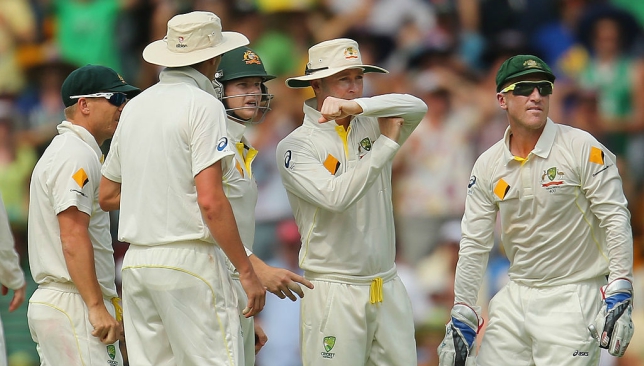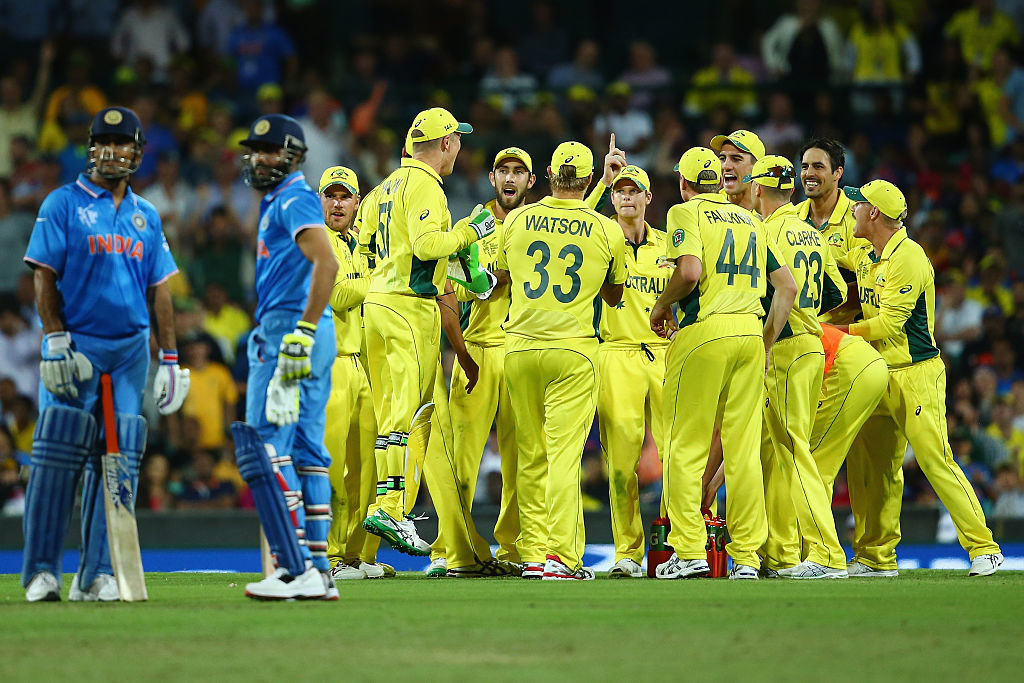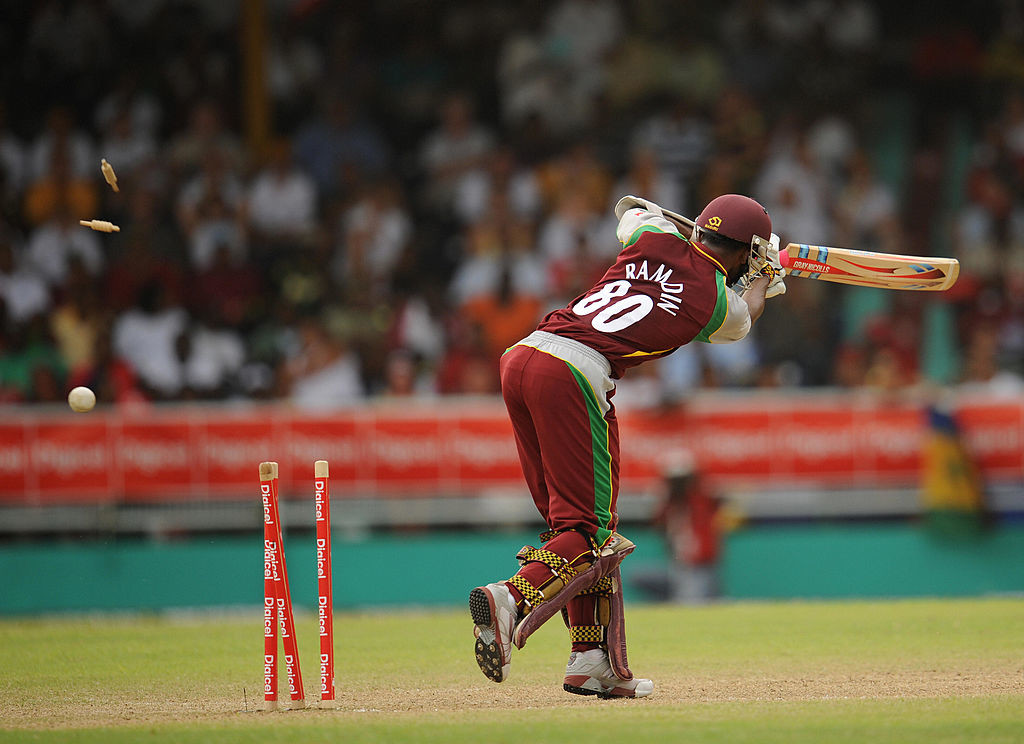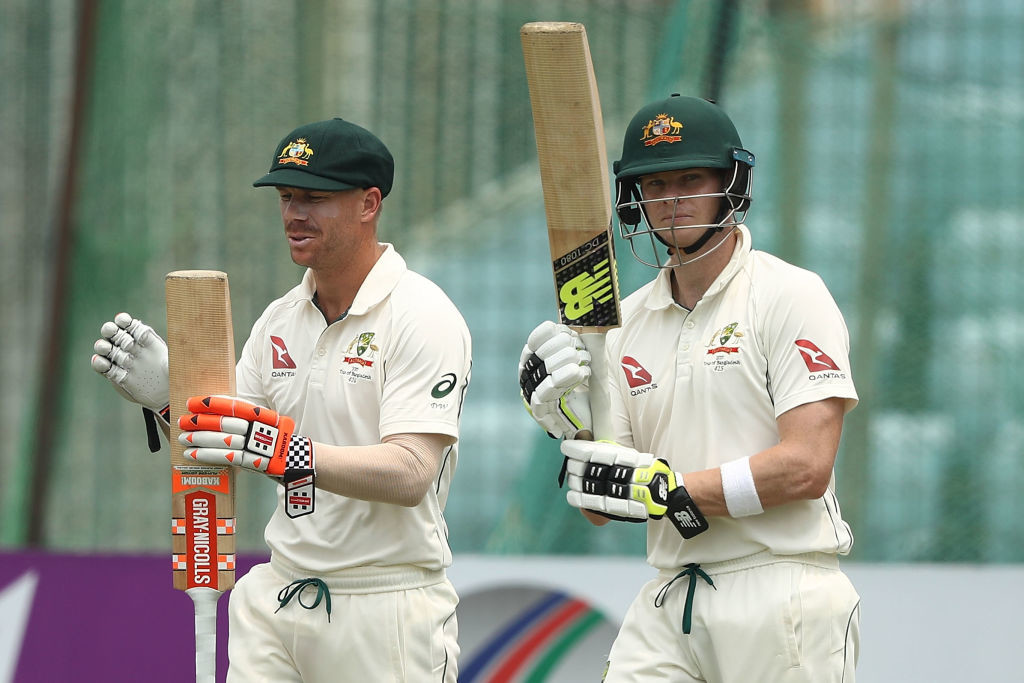
Come Thursday, tweaks to existing laws along with new changes formulated by the International Cricket Council (ICC) will come into effect, starting with the first Test between South Africa and Bangladesh and the first Test between Pakistan and Sri Lanka.
The majority of the rule changes have been based on the updated London based Marylebone Cricket Club’s (MCC) Code of Laws, introduced earlier this year.
We break down the major changes to the laws and regulations as listed below.
A major talking point about the current DRS in place is that it leads to the referring team to lose their review after replays have upheld the original decision based on the ‘umpire’s call’.
The new laws, applicable to all formats, allow for the teams to not lose their review based on a decision which has been upheld by the umpire’s call.
Also, DRS will finally be available for T20I matches with each team getting one review per innings.
In the Test format, each team will now only get two reviews per innings instead of the two reviews per 80 overs which are applicable currently.

Teams will not lose their referrals based on umpire’s calls anymore.
The bails can now be tethered to the stumps to prevent injuries caused by them flying at wicket-keepers and fielders after the stumps have been shattered.
The implementation of this decision will be left up to the discretion of the host board and importantly, the mechanism to tether the bails must not interfere with their ability to be dislodged.

Bails can now be tethered onto the stumps to prevent injuries to fielders.
The new rules allow for the on-field umpires to send a player off for the rest of the match for serious misconduct, a rule similar to that applied in football with red cards.
Players can be sent-off for level-four offences, the most serious under the ICC’s code of conduct.
Any act that is contrary to the spirit of the game or one which brings the sport into disrepute can be categorized as a level-four offence.
These include threatening to assault another player, the match-referee, any umpire or a spectator. Previously such offences were dealt by the umpires and match-referee after the game had finished.
Level 1-4 offences shall still be dealt with in the previous way.
There are several tweaks and changes to what now constitutes unfair play in the ICC’s books. If the fielding side tries to deliberately distract or deceive the batsman through mock fielding, they can be penalized by the umpires.
If a bowler bowls a deliberate no-ball, he or she can be removed from the attack for the rest of the innings.
A batsman cannot take strike so far outside the crease that he or she is standing in the protected area of the pitch similar to how bowlers are penalized for running into the protected area.
A catch-all law has also been introduced to give umpires the power to deal with conduct they believe is unfair but is not covered elsewhere in the laws.

Players can now be sent-off in a manner similar to red cards in football.
When running between wickets, if a batsman bat makes contact with the ground beyond the crease, and it then bounces up when the wickets are broken, he shall be adjudged not out. Previously, batsmen could be given out if the bat was in the air even if it was inside the crease. The same change applies to wicket-keeper stumpings as well.
Each team can now name six substitutes for a Test match. Previously only four were allowed.
There are no changes to the permitted width and length of a cricket bat, but the thickness of the edge can be no more than 40mm, and the thickness of the bat must not exceed 67mm at any point. Umpires will have a gauge to check that bats meet the new regulations.

Bats like those used by David Warner will not be allowed anymore.
A batsman can be caught, run-out, or stumped even if the ball makes contact with a helmet worn by the fielder or wicket-keeper.
Previously, a batsman would be adjudged as not out if the ball was caught by the opposite team after hitting the helmet of either the wicket-keeper or a fielder.